Burdock (Arctium lappa) fits the anti-foraging stereotype: – big, bitter leaves, tough and weedy, with an ugly, gnarled root. “And you want to eat that?” people ask. “Really, what’s the appeal?”
But for foragers who want to get beyond harvesting an occasional salad green or herbal tea leaf, burdock is a substantive option. This invasive Eurasian plant is common enough to be found almost anywhere, can safely be harvested in quantity, and provides nutritious food for a large portion of the year.
Most everyone is familiar with burdock’s sticky, Velcro-like seed heads and giant, rhubarb-like leaves. Its edible properties are also widely known. But many foragers are disappointed with their early experiences with burdock. That’s not surprising. It takes practice to harvest and prepare palatable burdock.
There are three edible parts: the young central stalk, which makes excellent food but is only available during a short time in the early summer; the petioles, or leaf stalks, which have a longer season but are a great deal of work to prepare; and the root, which this article will focus on. The root of the burdock can be harvested nearly year-round, including the shoulder months around the frozen winter.
Burdock is a biennial. During its first year, the plant gathers energy and stores it in its root over the winter. This will fuel the growth of its stalk the following year. Consequently, the only roots worth gathering grow from first-year rosettes. By the time the stalk has grown, the food value has left the root.
Getting burdock roots out of the ground is challenging. They are long, go deep underground, and their most tender parts (the tips) are fragile. It is easy to break off the best parts to eat with an overzealous yank or careless thrust of the shovel. Choose the place from which you gather carefully. Look for loose soils that are easy to dig. Don’t bother with isolated plants. Instead, seek out places where several burdocks grow together in a tight clump. Then, dig a two- to three-foot-deep hole next to the plants. At first, leave about two or three inches of soil between your hole and the roots so that you don’t accidentally cut them with the shovel as you dig. After you’ve dug your hole, use your hands or a stick to slowly and gently pry the root sideways into the hole that you’ve dug.
After digging, chop off the top few inches of the root, where it is roughened and dark. Don’t be shy about discarding these. They are tough, and your meal will be better if you are picky about tenderness. Clean the roots and peel them with a vegetable peeler. Burdock roots can be tough, especially during certain parts of the season. For this reason, I like to chop them very fine or grate them.
Commercially grown burdock root can be found in health food stores (where it is sold as a health tonic) and Asian markets. (Burdock’s food value is more widely appreciated in Asia.) It is easy to find burdock recipes – many with an Asian flair and some quite elaborate – but I recommend starting with a simple stir fry that will allow you to get to know burdock’s mild, sweet flavor.
Burdock Stir Fry
Heat a few tablespoons of olive oil until beads of water just begin to sizzle. Add minced burdock root. Five minutes later, add an equal amount of minced onion. In another five minutes, add an equal amount of minced carrot. Season sparingly with brown sugar and a tamari soy sauce. Continue frying until carrots are tender and onions are just starting to caramelize. The burdock will maintain a hearty crunch.


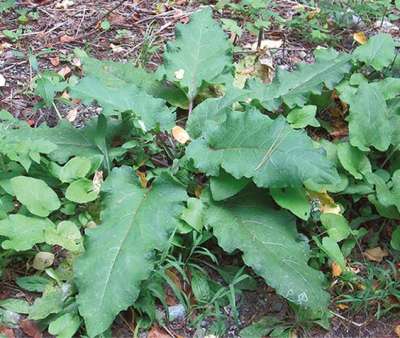
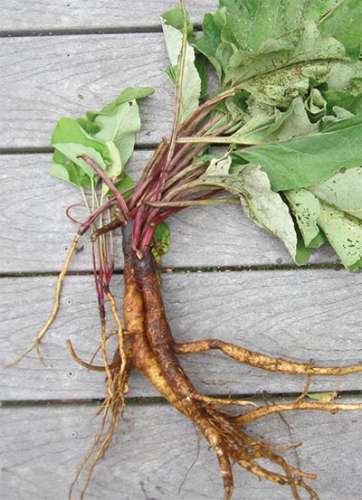
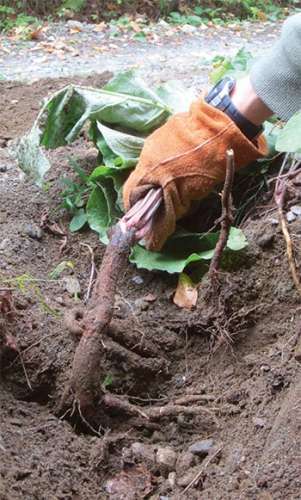
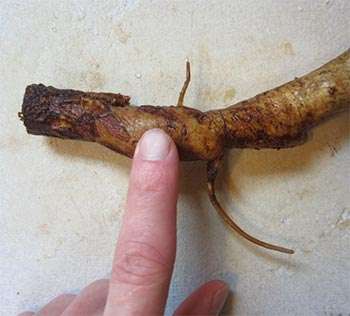
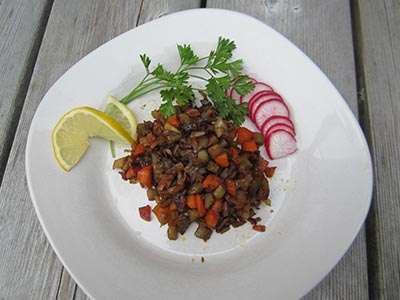
Discussion *